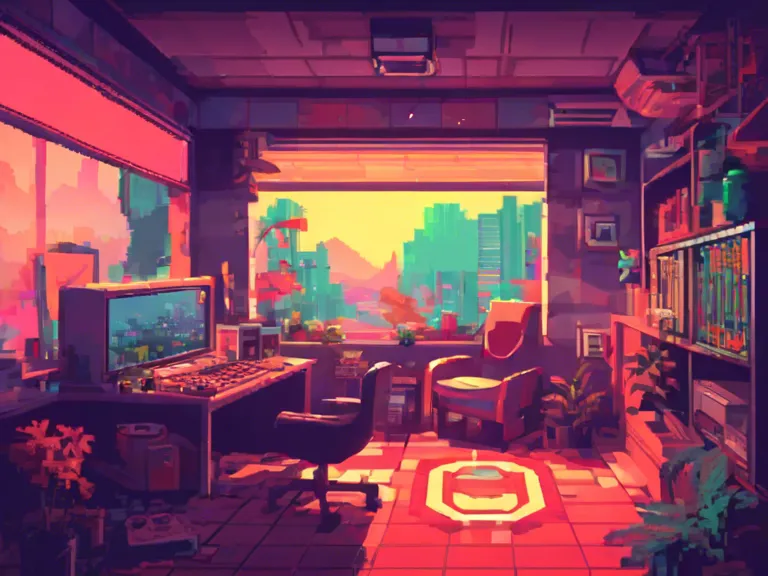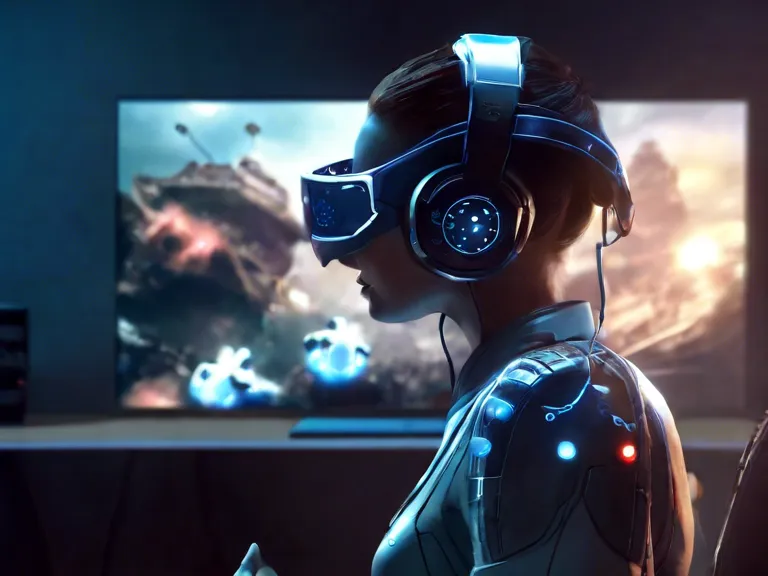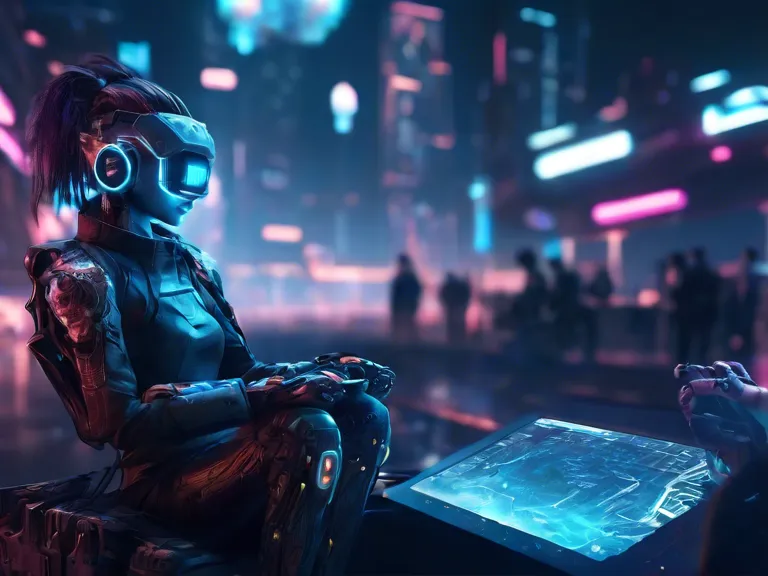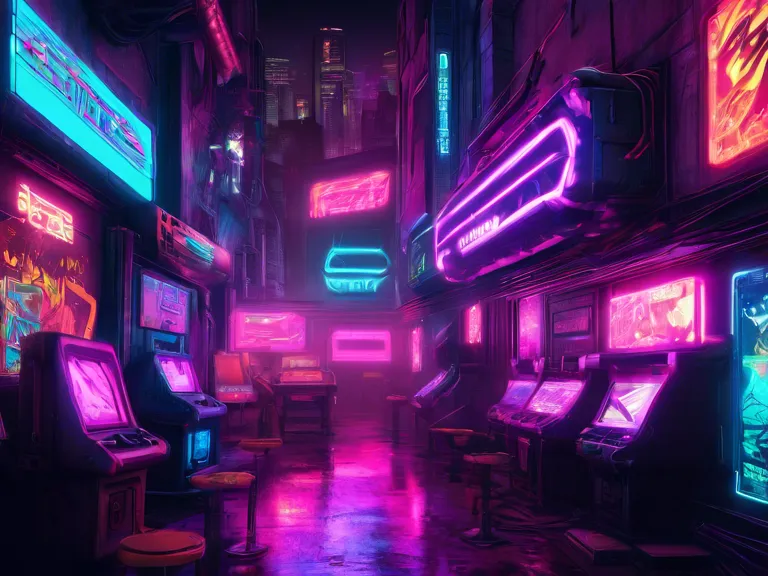
Explore how retro aesthetics influence modern game design, shaping player experiences with pixel art and nostalgia. Discover the impact of 8-bit and 16-bit visuals on today's gaming industry.
In today's gaming industry, retro aesthetics have made a major comeback with the resurgence of pixel art style. From indie games to mainstream titles, developers are embracing the charm and nostalgia of retro visuals to create unique and memorable gaming experiences. This article explores how retro aesthetics influence today's game design, shaping the way players interact with virtual worlds.
The pixel art style, popularized in the 8-bit and 16-bit era of gaming, has become a distinct and recognizable aesthetic in modern game design. The simplistic yet expressive nature of pixel art allows developers to convey atmosphere, emotion, and storytelling in a way that resonates with players on a personal level. The visual limitations of pixel art encourage creativity and resourcefulness, challenging developers to push the boundaries of design within the constraints of a pixelated canvas.
Retro aesthetics go beyond just visual style – they also influence gameplay mechanics and storytelling in modern games. Many indie developers draw inspiration from classic titles to create innovative gameplay experiences that blend nostalgia with modern sensibilities. The pixelated world of retro games offers a sense of escapism and fantasy, allowing players to immerse themselves in a simpler, more whimsical universe.
Furthermore, retro aesthetics can evoke a sense of camaraderie and community among players. Gamers who grew up with classic games feel a sense of nostalgia and connection when playing modern titles that pay homage to the past. This shared appreciation for retro aesthetics creates a bond between players and developers, fostering a supportive and passionate gaming community.
In conclusion, retro aesthetics play a crucial role in shaping today's game design landscape. By embracing the charm and nostalgia of pixel art, developers are able to create immersive, engaging experiences that resonate with players on an emotional level. As the gaming industry continues to evolve, retro aesthetics will undoubtedly remain a timeless and beloved aspect of game design.



